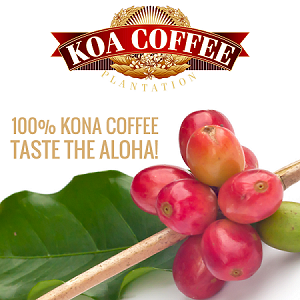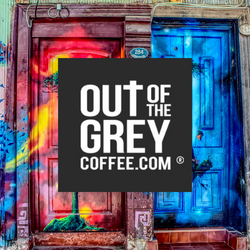In the realm of coffee brewing, the term dead shot frequently emerges, particularly in the context of espresso. This concept, which holds significant importance yet is often misunderstood, signifies a specific stage in the life of an espresso shot where it reaches a point of diminished flavor and quality. This article embarks on a thorough exploration of What is a Dead Shot of Espresso? Our inquiry will encompass an in-depth examination of the flavor characteristics associated with such shots, the pronounced disparity between a freshly extracted and stale shot of this beverage, as well as valuable insights from seasoned industry professionals. As we unravel the contributing factors leading to a dead shot and offer guidance on its identification, we also provide practical recommendations and cultural contexts, elevating this discourse beyond a mere exploration of a brewing phenomenon into a profound exploration of the espresso experience itself.
What is a Dead Shot of Espresso?
A Dead Shot of Espresso refers to an espresso that has been left sitting for too long after being brewed, leading to a loss of its optimal flavor and quality. Keep reading to learn more about this intriguing aspect of espresso and how it affects the overall coffee experience.
Not in the mood for reading? Tune in to the audio version of the article below.
- Introduction & Key Takeaway
- https://app.mysoundwise.com/tracks/17014493767968855e.mp3
- The Basics of Espresso Shots
- https://app.mysoundwise.com/tracks/17014494445955027e.mp3
- What Makes a Shot ‘Dead’?
- https://app.mysoundwise.com/tracks/17014495049338818e.mp3
- The Impact of a Dead Shot on Flavor
- https://app.mysoundwise.com/tracks/17014495694610811e.mp3
- Brewing Techniques to Avoid Dead Shots
- https://app.mysoundwise.com/tracks/17014496157233486e.mp3
- The Cultural Significance of Espresso Shots
- https://app.mysoundwise.com/tracks/17014496616190681e.mp3
- Conclusion & FAQs
- https://app.mysoundwise.com/tracks/17014497158539690e.mp3
Dead Shot of Espresso: Key Takeaway
- Demystifying Dead Shots: A crucial insight from this article is the demystification of the ‘dead shot’ phenomenon in espresso brewing. For coffee enthusiasts and professionals alike, grasping that a dead shot occurs when this beverage lingers too long after brewing, leading to a diminished flavor and quality, is essential. This knowledge is fundamental in enhancing the experience of this cup of joe.
- Factors Affecting Espresso Quality: The article highlights various factors that can lead to a dead shot, such as improper extraction, grind size inconsistencies, temperature variations, and the condition of the espresso machine. Understanding these elements is vital for brewing the perfect shot of this drink.
- Brewing Techniques to Preserve Quality: Key brewing techniques to avoid dead shots are emphasized. These include best practices in espresso extraction, such as correct grind size, water temperature, and extraction timing, as well as regular maintenance of brewing equipment.
- Cultural Significance of Espresso: Finally, the article explores the rich cultural significance of espresso shots across different societies. It covers how this lovely beverage is perceived and enjoyed in various cultures, the evolution of espresso brewing techniques over the years, and its role in modern coffee culture, highlighting its global impact and evolution.
The Basics of Espresso Shots
Espresso has captivated the hearts of coffee enthusiasts globally. Understanding its essence, the science behind it, and clarifying common misconceptions can enhance both the brewing and the drinking experience.
What is an Espresso Shot?
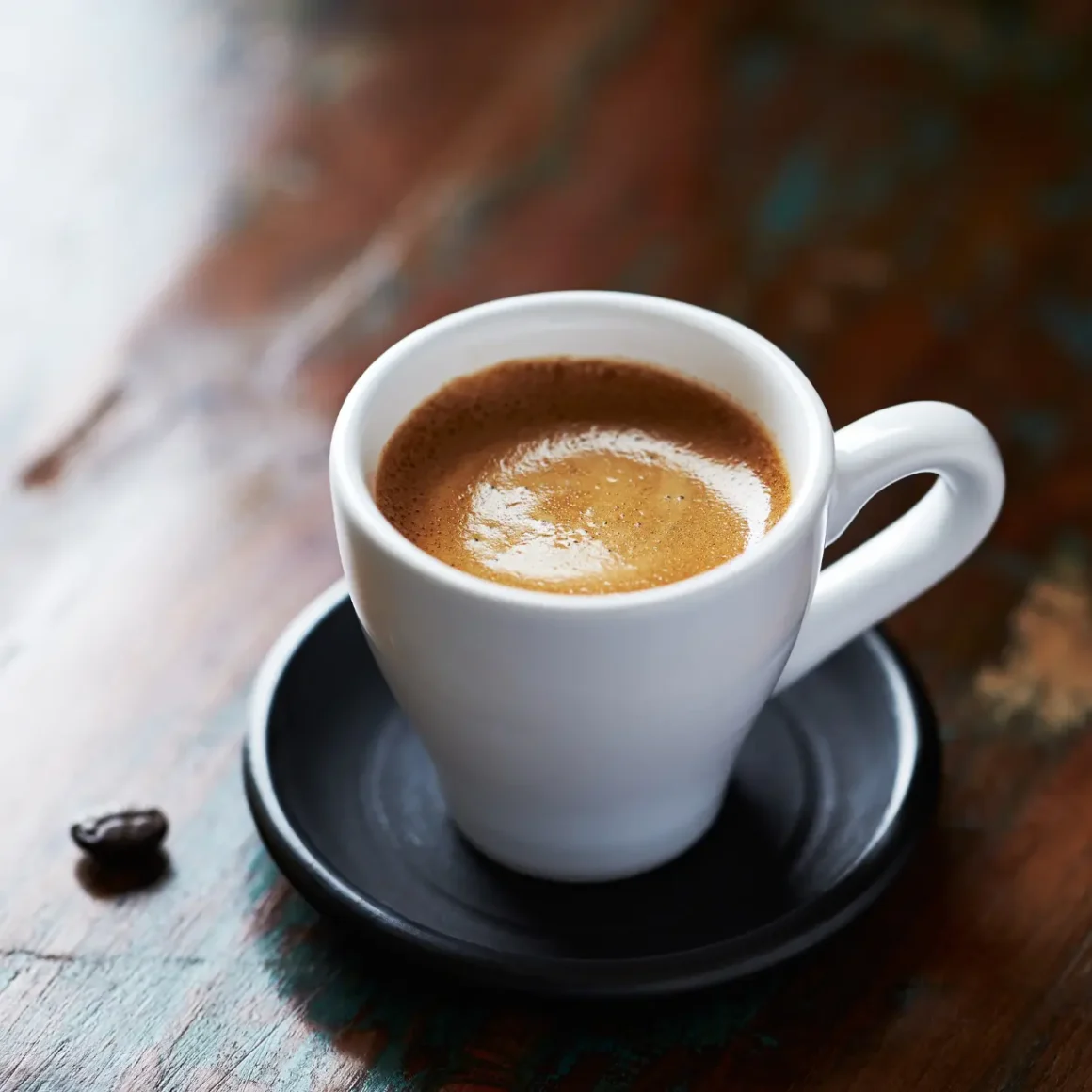
At the heart of many coffee enthusiasts’ preferences lies the espresso shot, a rich and intense embodiment of coffee at its finest.
- Definition: An espresso shot is a concentrated coffee brew extracted under high pressure from finely ground coffee beans. This method results in a rich, robust flavor and a layer of crema on top, which is a hallmark of a well-brewed cup of this delightful coffee drink. (1)
- Preparation Method: The process begins with finely grinding the coffee beans. The ground coffee is then packed, or ‘tamped’, into a portafilter to create the perfect resistance for water to pass through. This tamping process is crucial for achieving the ideal extraction.
- Serving Size: Traditionally, a single espresso shot is about 1 ounce (30 ml), extracted in 25-30 seconds. However, variations like ristretto (shorter and more concentrated) or lungo coffee (longer and more diluted) exist, altering the flavor intensity and volume.
The Science Behind Brewing Espresso
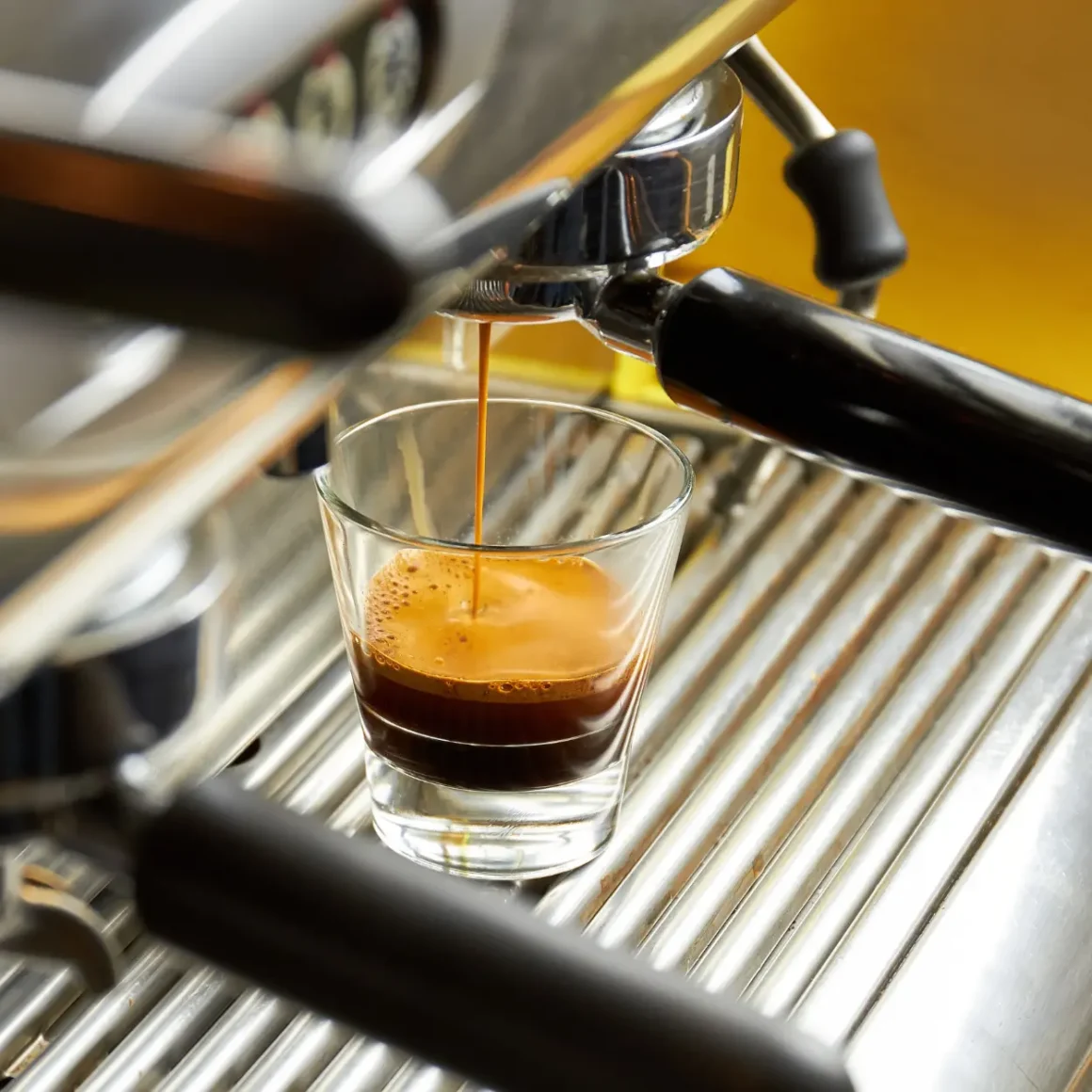
Delving into the science behind brewing this delectable coffee reveals a fascinating interplay of factors that are essential for crafting the perfect cup.
- Pressure and Extraction: This beverage is unique due to its brewing method involving high pressure. This pressure, typically around 9 bars, forces hot water through the tightly tamped coffee, extracting rich flavors and oils that wouldn’t be possible with other brewing methods.
- Temperature: The ideal water temperature for extracting this drink is between 195°F to 205°F (90°C to 96°C). This range is crucial for optimal extraction without burning the coffee.
- Grind Consistency: The grind size of espresso coffee should be fine, but consistent. Too fine, and the water will struggle to pass through, resulting in over-extraction. Conversely, too coarse a grind leads to under-extraction.
- Timing: The extraction time is pivotal. Typically, a good cup of this beverage takes about 25-30 seconds to brew. Timing affects the flavor and strength, with longer extractions leading to more bitterness.
Common Misconceptions About Espresso

Despite its popularity, several misconceptions about espresso coffee often lead to misunderstandings about this beloved beverage.
- Espresso Contains More Caffeine: Contrary to popular belief, espresso doesn’t necessarily have more caffeine than other coffee types. While it’s more concentrated, the serving size is much smaller, often resulting in less total caffeine per serving compared to a standard cup of coffee. (2)
- Espresso Beans vs. Regular Beans: There is no specific ‘espresso bean.’ This beverage can be made from any coffee bean type or roast level. The difference lies in the grind size and the brewing method.
- Espresso Machines Are Always Superior: While the best espresso machines are designed specifically for brewing this type of coffee, the skill of the barista and the quality of the coffee play more significant roles in the end product than the machine alone.
In summary, this delectable beverage is a complex and nuanced coffee style. Understanding the intricacies of brewing, from the importance of espresso tamping to the science of extraction, and debunking common myths, can lead to a more appreciative and informed experience.
What Makes a Shot ‘Dead’?
In the realm of espresso, the term dead shot may appear somewhat theatrical; nevertheless, it holds significant importance for baristas and coffee connoisseurs alike. A comprehensive grasp of what constitutes a dead shot, the contributing factors behind it, and the ability to discern one can markedly enhance the overall quality of your coffee experience.
Defining a Dead Shot of Espresso
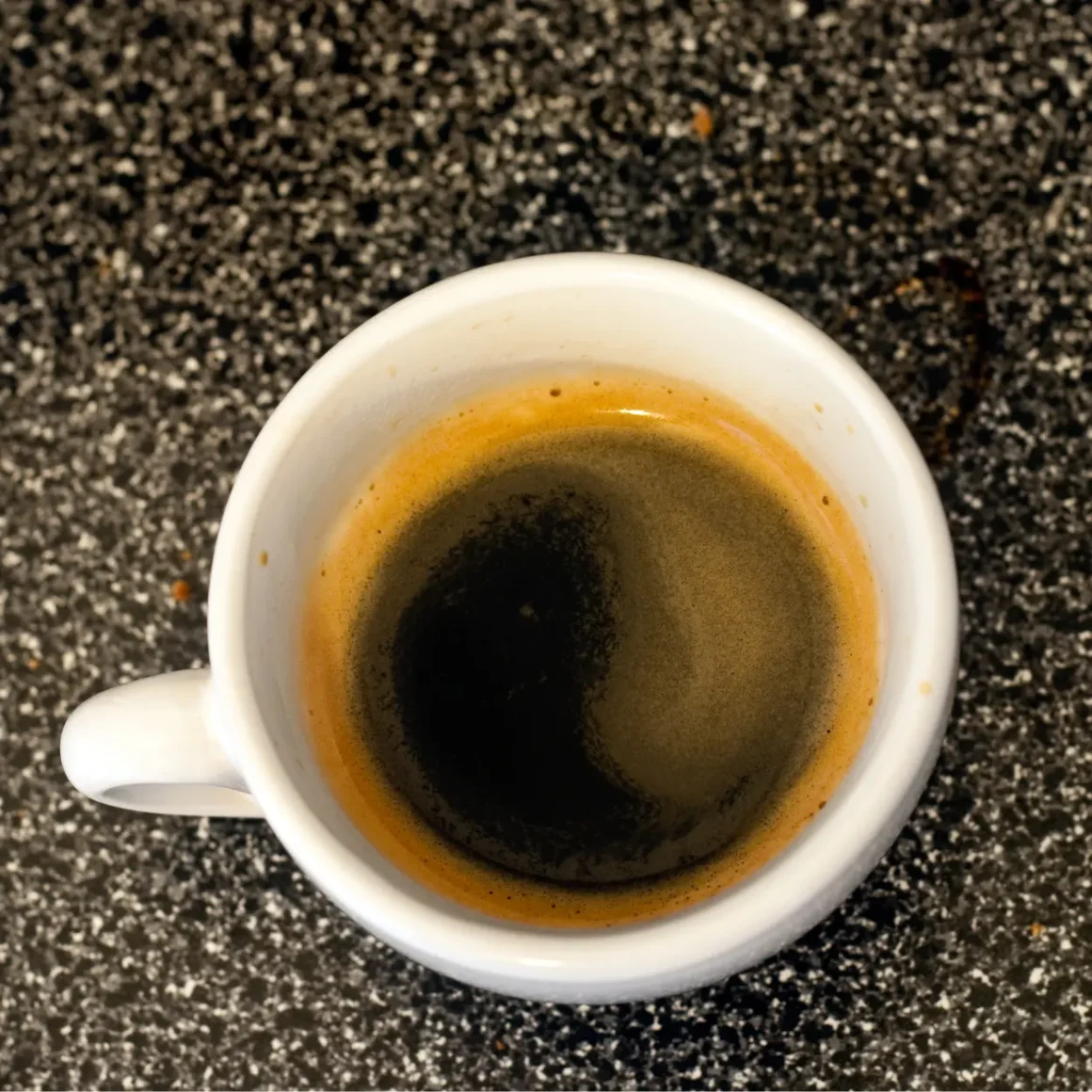
In espresso terminology, a ‘dead shot’ refers to an espresso that has lost its optimal flavor and quality.
- Time Factor: Generally, a shot of this beverage is considered ‘dead’ if it sits for more than 30 seconds after being pulled. This is because the delicate balance of flavors in espresso begins to degrade rapidly after extraction.
- Flavor Change: When a shot goes dead, the harmonious flavors of fresh espresso diminish, often resulting in a bitter and flat taste, which deviates significantly from the rich and complex profile of a freshly pulled shot.
Factors Leading to a Dead Shot
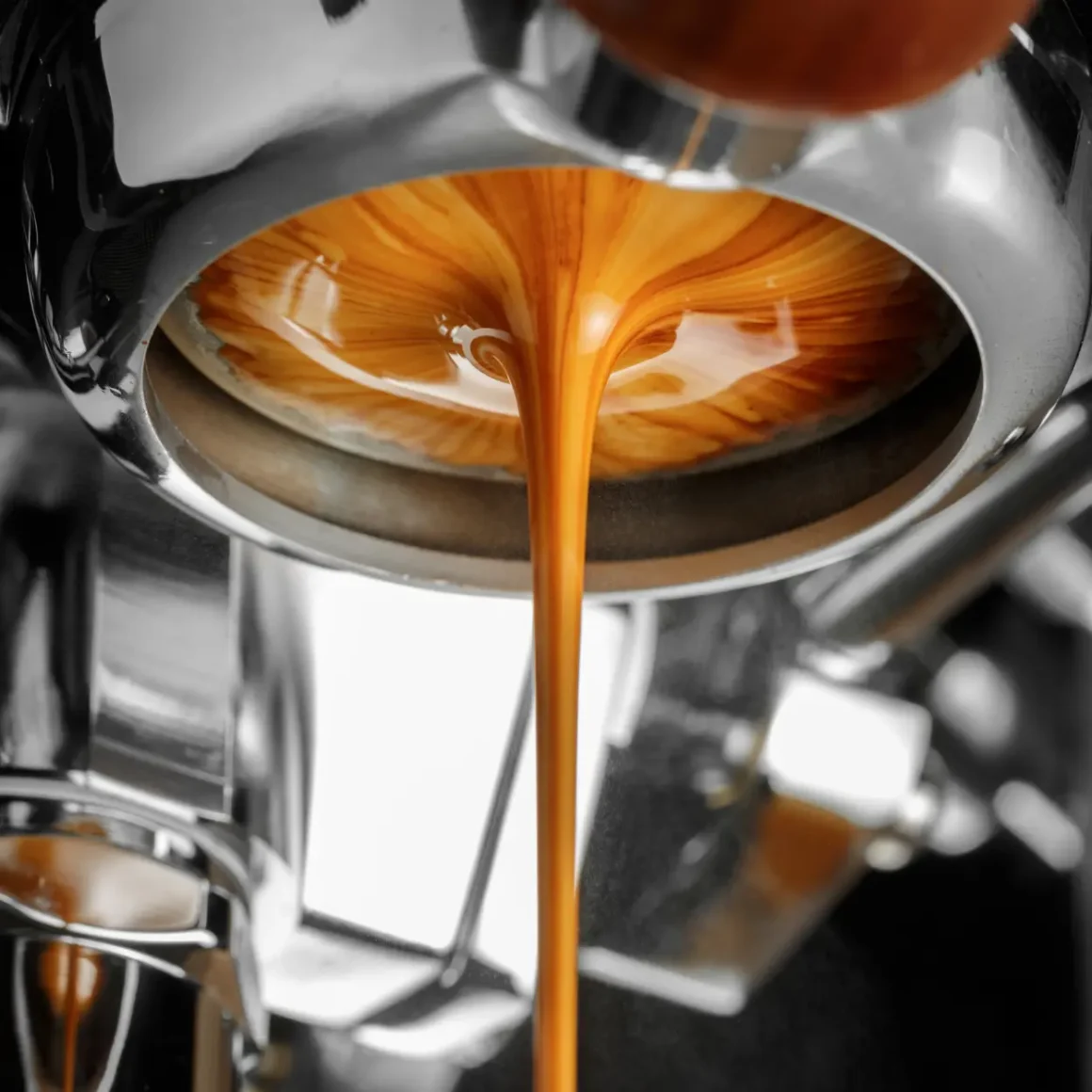
Several factors can contribute to the shot of this coffee becoming ‘dead’, and understanding these can help in avoiding this undesirable outcome.
- Improper Extraction: Extraction time is critical. Under-extraction (too quick) or over-extraction (too slow) can lead to poor flavor quality, making the shot more susceptible to becoming ‘dead’.
- Grind Size Issues: Inconsistent or incorrect grind size can result in uneven extraction, leading to a shot that quickly loses its ideal flavor profile.
- Temperature Inconsistencies: Brewing at incorrect temperatures, either too hot or too cold, can also affect the shot’s longevity, hastening the degradation of flavors.
- Machine and Maintenance: Poorly maintained espresso machines can contribute to inconsistent shots that may become ‘dead’ faster due to uneven pressure, temperature fluctuations, and old coffee residue affecting the taste.
How to Identify a Dead Shot
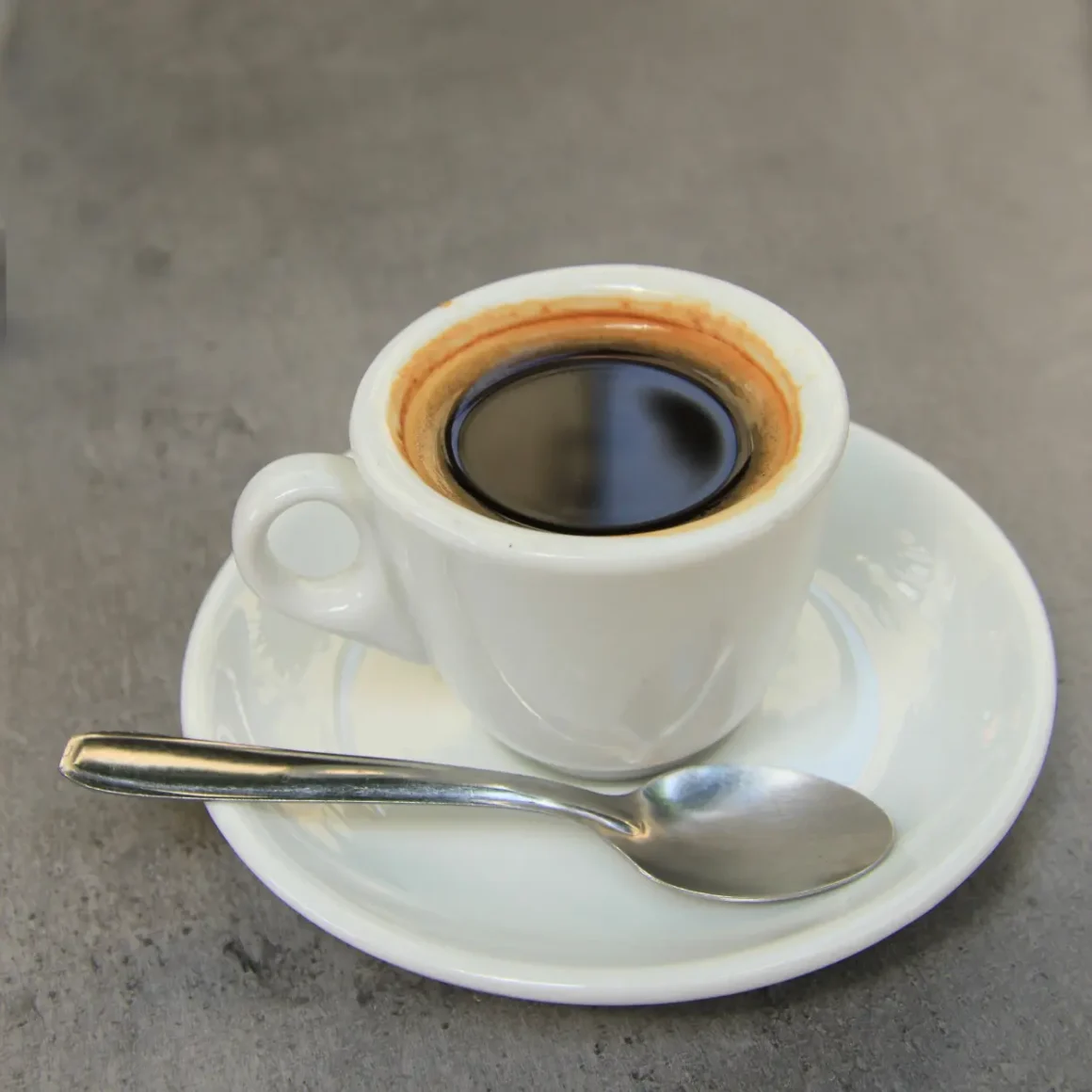
Identifying a dead shot is crucial for both baristas and espresso lovers to ensure the best coffee experience.
- Visual Indicators: Look for the crema – a good shot will have a rich, reddish-brown crema on top. If the crema dissipates quickly or is pale and thin, the shot may be ‘dead’.
- Taste Test: The most telling factor is the taste. A dead shot often tastes overly bitter, lacks complexity, and has a flat, unappealing flavor profile.
- Aroma: A fresh cup of this lovely beverage has a strong, pleasant aroma. A loss of this aroma or a change to an acrid smell can also indicate that the shot is ‘dead’.
In summary, a dead shot of espresso is not just a barista’s myth but a real phenomenon that affects the taste and quality of the coffee. By understanding and identifying the factors that lead to a dead shot, coffee enthusiasts can ensure that every shot of this coffee drink they consume is as fresh and flavorful as possible.
The Impact of a Dead Shot on Flavor
The phenomenon of a dead or stale espresso shot significantly impacts the overall flavor profile of the coffee. Understanding this effect is crucial for both coffee enthusiasts and professionals in the industry
Taste Profile of a Dead Shot
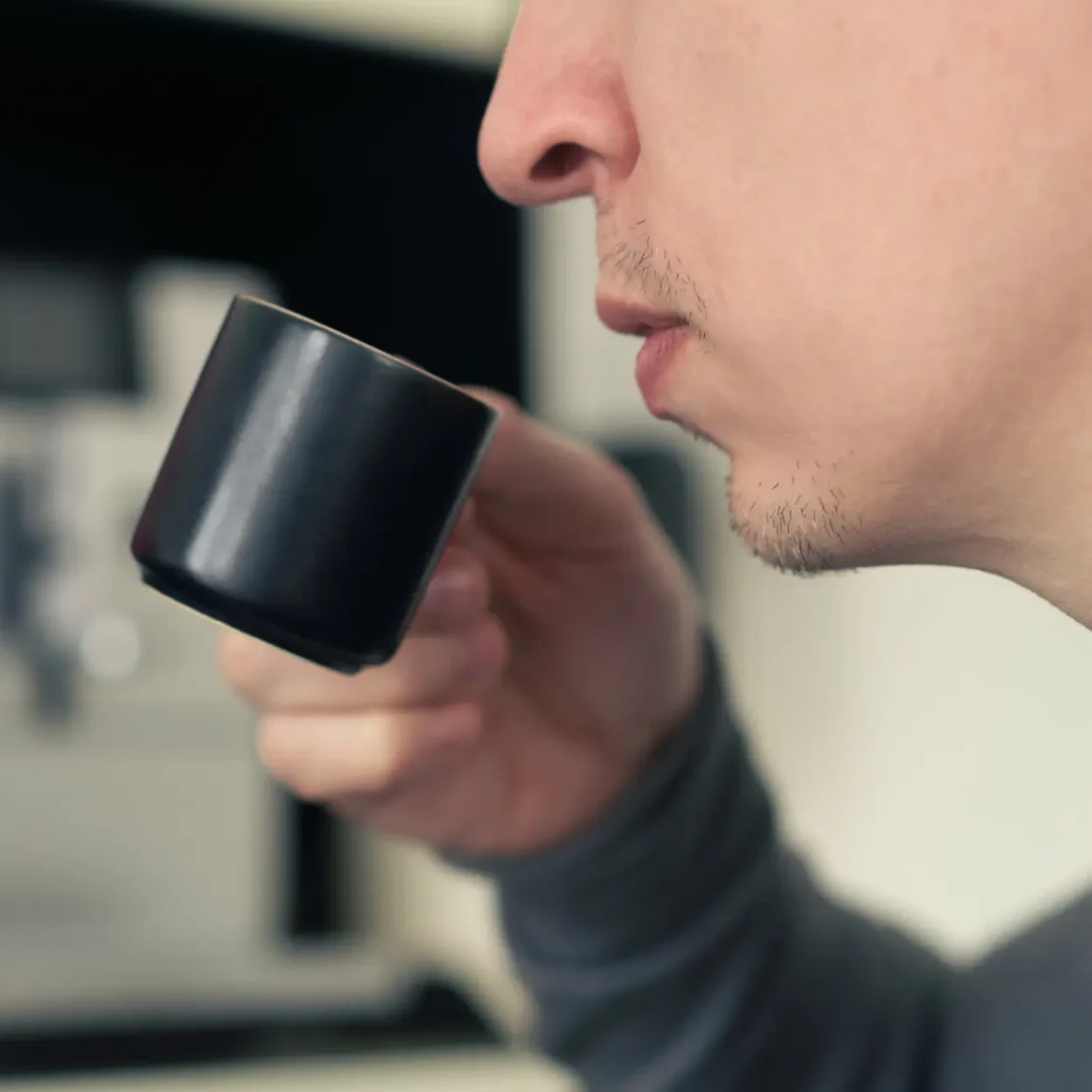
When an espresso shot becomes ‘dead’ or ‘stale’, its taste profile undergoes a noticeable deterioration.
- Flavor Changes: The once rich and complex flavors become flat and unappealing. There’s an increase in bitterness, and the nuanced notes of the coffee are lost.
- Oxidation Effect: The oils in the coffee, responsible for its vibrant flavors, start to oxidize, leading to a rancid and stale taste. This process diminishes the drink’s inherent quality.
Comparing Fresh vs. Dead Espresso Shots
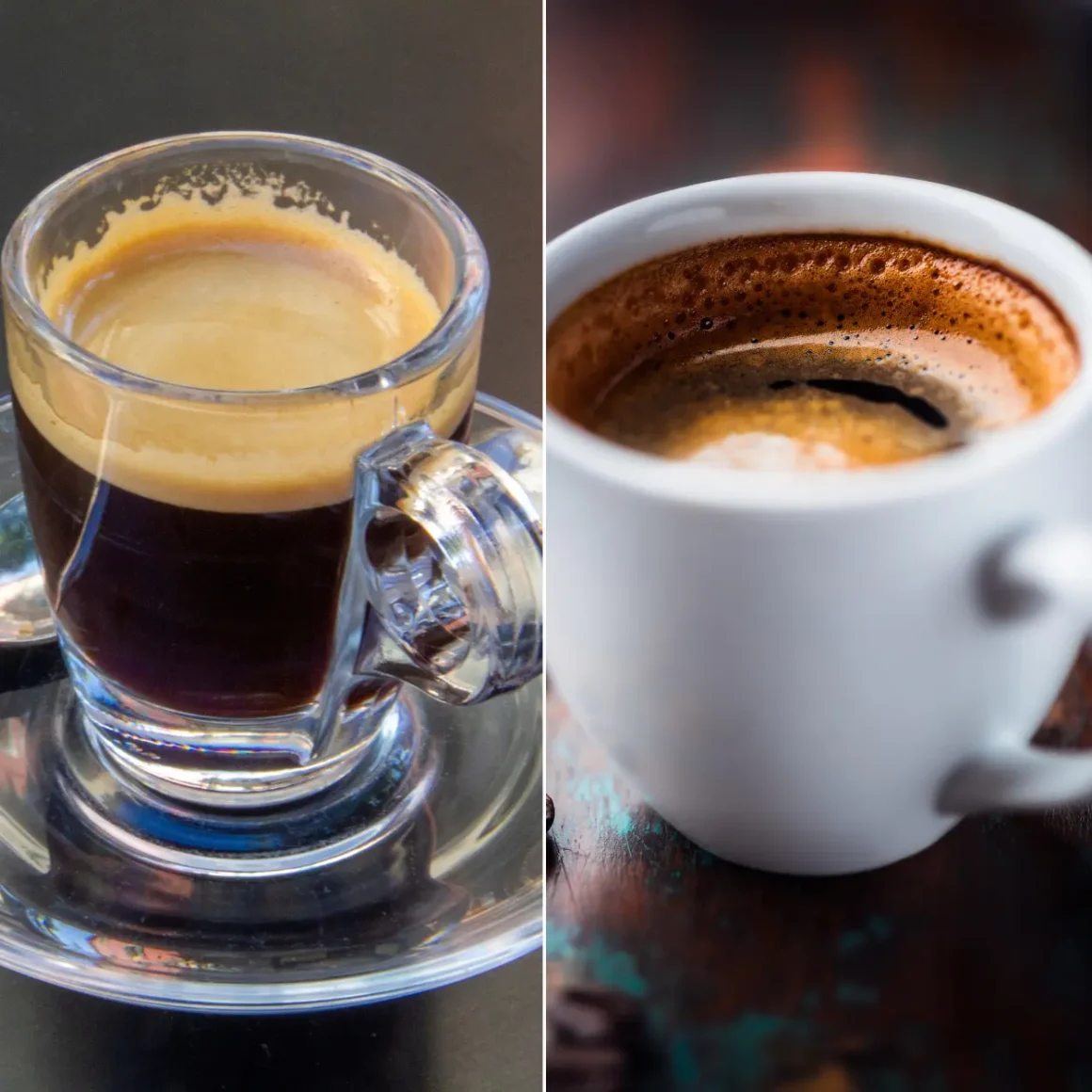
The contrast between a fresh and a dead espresso shot is stark, highlighting the importance of timely consumption.
- Fresh Shot: A fresh shot of this coffee drink is characterized by a rich crema, a full-bodied flavor, and a balance of sweet, acidic, and bitter notes.
- Dead Shot: In comparison, a dead shot lacks crema, has a flat taste, and the bitterness overshadows any other flavor nuances.
Brewing Techniques to Avoid Dead Shots
Achieving the perfect shot of this coffee drink is an art that demands precision and an understanding of the brewing process. To avoid the dreaded dead shot scenario, several techniques and practices can be employed. These range from best practices in extraction to maintaining your equipment and learning from professional baristas.
Best Practices in Espresso Extraction
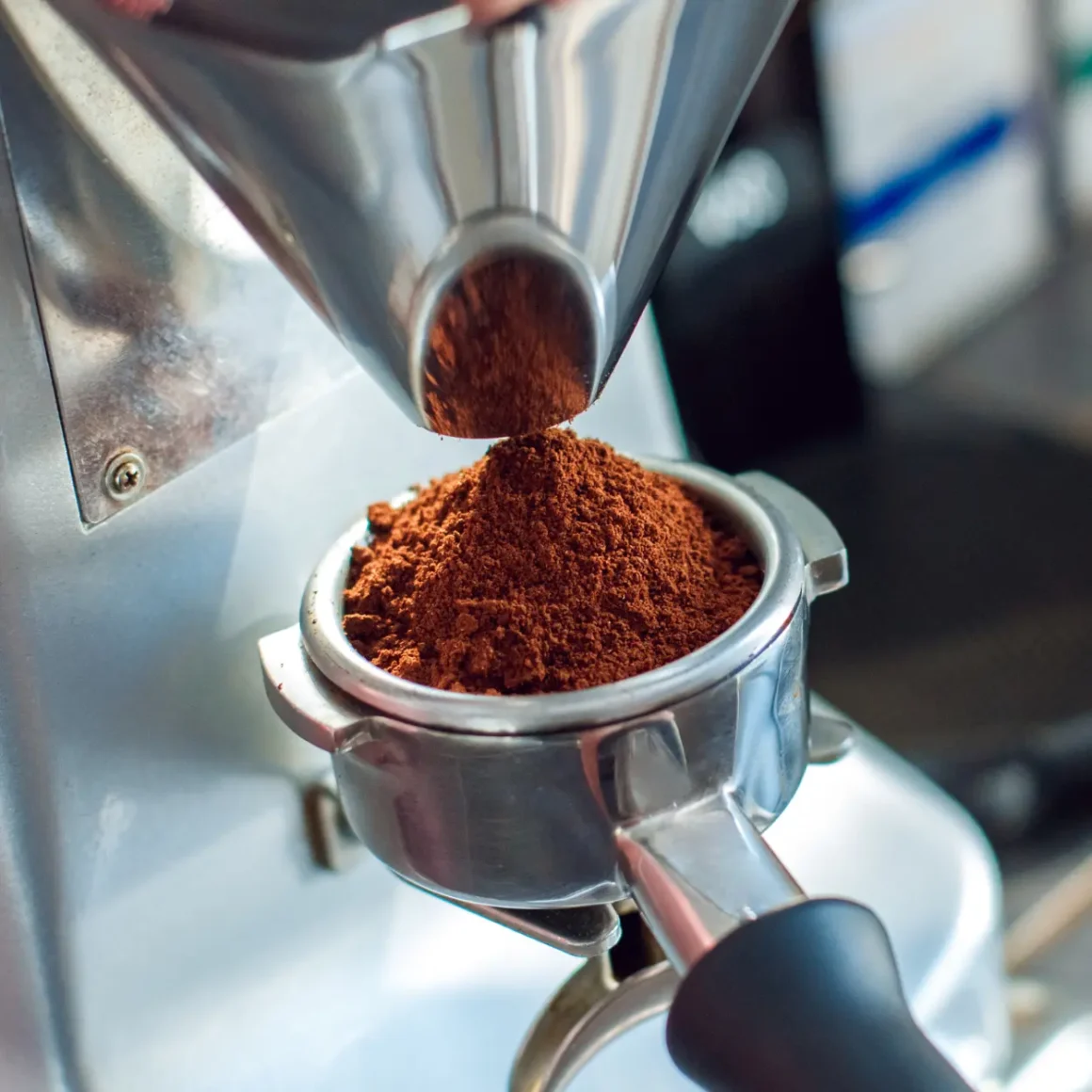
Proper espresso extraction is critical in avoiding dead shots, ensuring each cup retains its optimal flavor and aroma.
- Select High-Quality Coffee Beans: Choose fresh, whole beans from reputable sources, preferably roasted within the last three weeks. (3) The type of beans and their roast level will greatly impact the flavor profile of your beverage.
- Proper Grinding: Invest in the best burr coffee grinder and ensure your coffee is ground to the right consistency. For this coffee drink, a fine, uniform grind is crucial. Adjust the grinder to achieve the desired particle size, usually resembling table salt.
- Dose and Distribution: Measure the correct amount of coffee grounds, typically around 18-20 grams for a double shot. Distribute the grounds evenly in the portafilter, ensuring there are no gaps or inconsistencies.
- Monitor Shot Volume: Aim for a final shot volume of approximately 1.5 to 2 ounces (44-60ml) for a double shot. This can vary depending on personal preference and the coffee you’re using.
- Espresso Crema: A good cup of this beverage should have a rich, reddish-brown crema on top, which adds to the flavor and aroma. It should not be too thin or too thick.
Equipment Maintenance for Optimal Shots
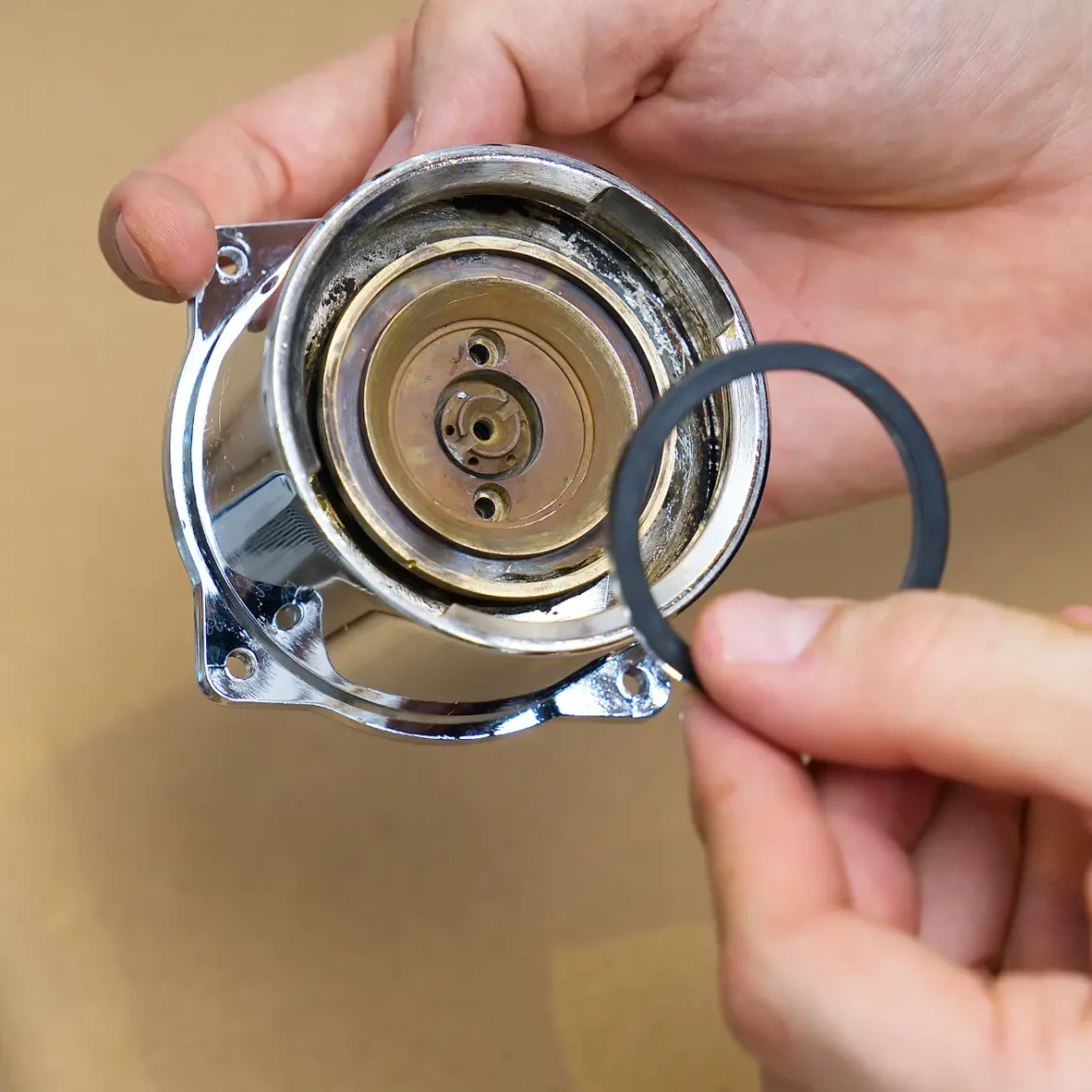
The condition of your espresso machine plays a significant role in the quality of the shots it produces.
- Regular Cleaning: Clean your machine after each use to prevent oil build-up and residue from affecting the taste of your shots.
- Descale Regularly: Depending on the hardness of your water, descale your machine every 1-3 months to prevent mineral buildup, which can impact the machine’s performance.
- Check for Wear and Tear: Regularly inspect and replace worn parts, such as gaskets and filters, to ensure consistent pressure and temperature during extraction.
Tips from Professional Baristas
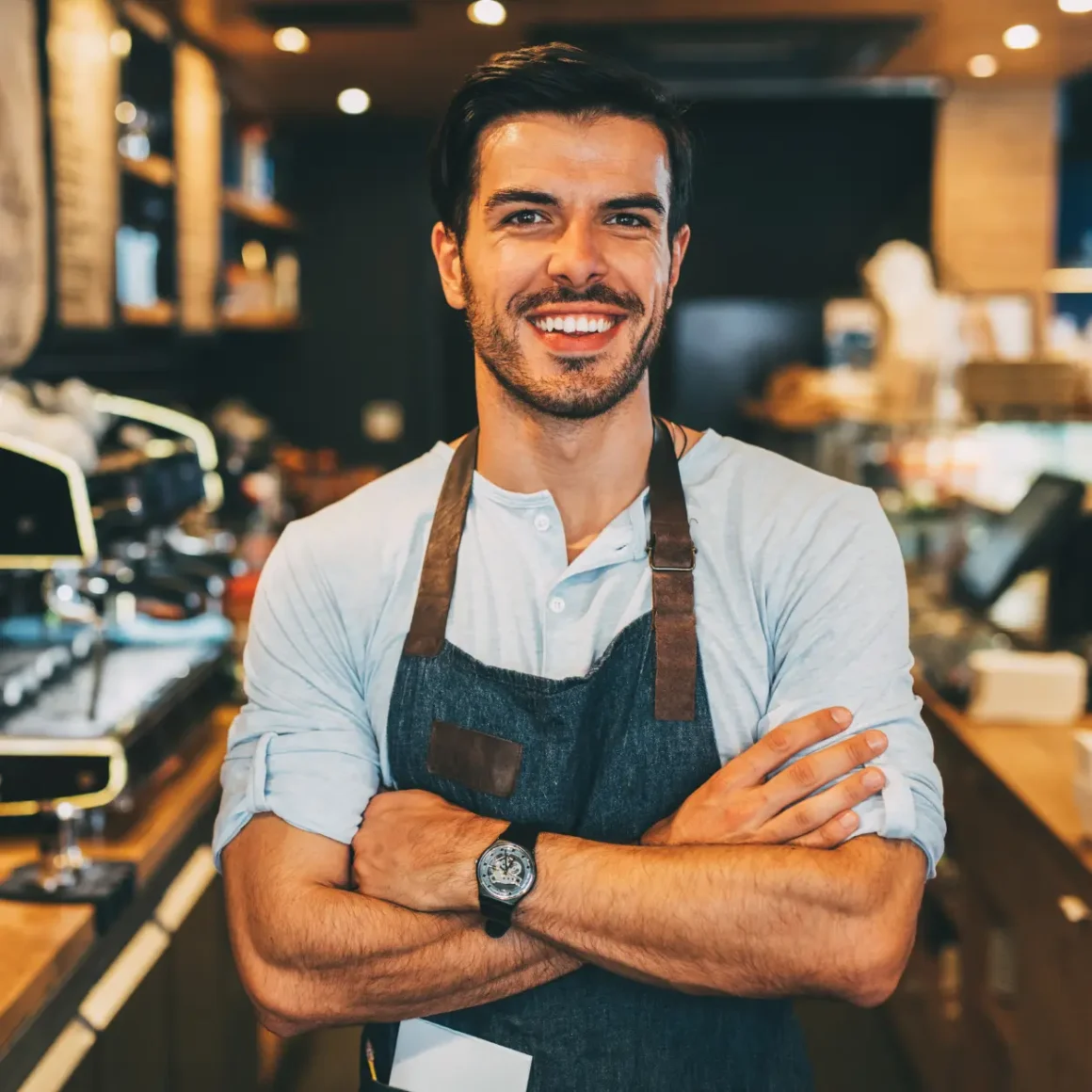
Learning from professional baristas can provide invaluable insights into brewing the perfect shot of this delectable coffee.
- Freshness of Beans: As previously discussed, use freshly roasted beans, ideally within two to three weeks of their roast date, to ensure the best flavor.
- Bean Storage: Store beans in an airtight container in a cool, dark place to preserve their freshness.
- Experiment with Ratios: Professional baristas often experiment with different coffee-to-water ratios to find the sweet spot for each type of bean.
- Continuous Learning: Stay updated on new techniques and trends in brewing this delicious beverage, as the coffee industry is always evolving.
In summary, avoiding dead shots in espresso requires a combination of precise extraction techniques, diligent equipment maintenance, and the application of tips from seasoned baristas. These practices ensure that each shot of this succulent coffee is as fresh and flavorful as possible.
The Cultural Significance of Espresso Shots
Espresso shots, beyond being mere coffee beverages, hold a deep cultural significance that varies across the globe and has evolved significantly over time. This rich history not only reflects the evolution of brewing techniques but also illustrates this beverage’s integral role in coffee culture worldwide.
Espresso in Different Cultures
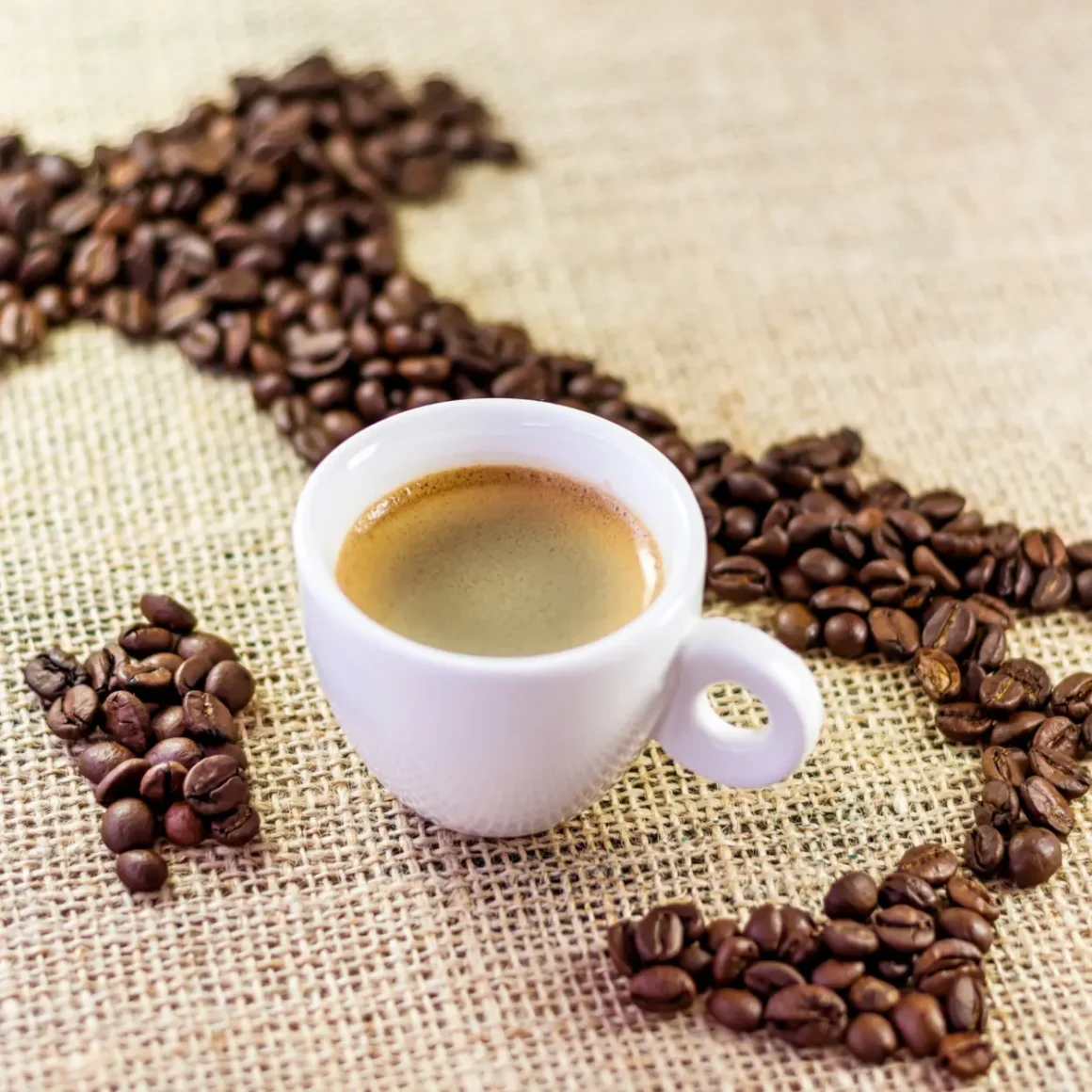
Espresso holds a unique place in different cultures, each adopting and adapting it to suit their own coffee traditions.
- Italy: In Italy, this delicacy is more than a drink; it’s a way of life. The Italian espresso is typically strong, served in small cups, and often consumed quickly while standing at the bar, reflecting the Italian appreciation for quality and tradition in coffee.
- United States: The U.S. has popularized larger, milk-based espresso drinks like lattes and cappuccinos, showcasing a preference for milder, creamier coffee experiences.
- Australia and New Zealand: Known for their vibrant coffee scenes, these countries have developed a distinct coffee culture that emphasizes the quality and craftsmanship of espresso, often incorporating it into a variety of innovative coffee drinks like flat white coffee.
Evolution of Espresso Brewing Techniques
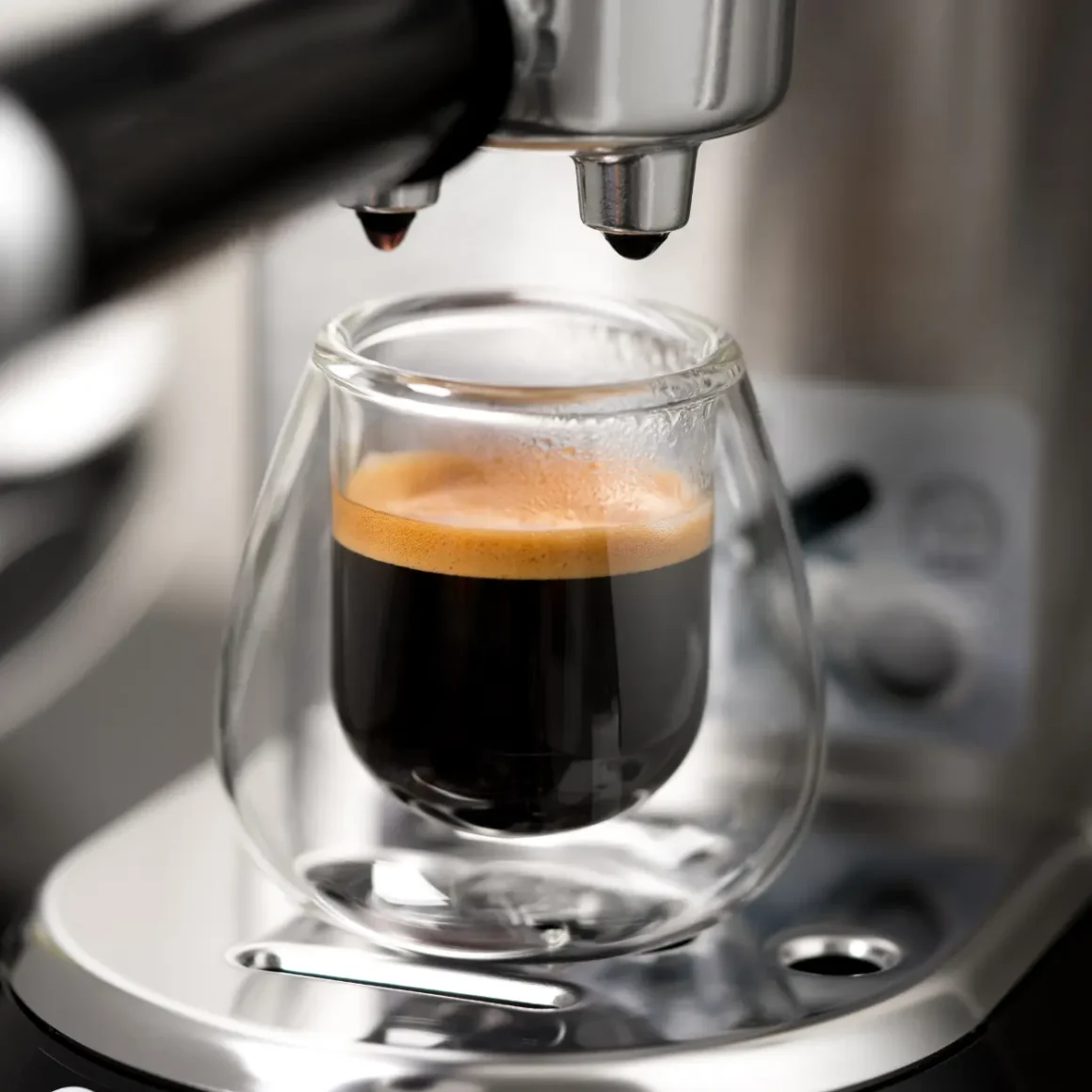
The methods of brewing this coffee drink have seen significant advancements, contributing to the quality and variety of the best coffee experiences globally.
- Early Inventions: The development of the espresso machine in the early 20th century in Italy marked the beginning of the modern brewing of this delectable beverage, focusing on pressure and steam to extract robust flavors.
- Refinement of Techniques: Over the years, brewing techniques have evolved, with improvements in machine technology, temperature control, and bean quality enhancing this delicacy’s flavor and consistency.
- Third Wave Coffee Movement: This recent movement places a strong emphasis on high-quality beans, artisanal brewing techniques, and the overall coffee experience, further elevating espresso’s status in the coffee world.
The Role of Espresso in Coffee Culture
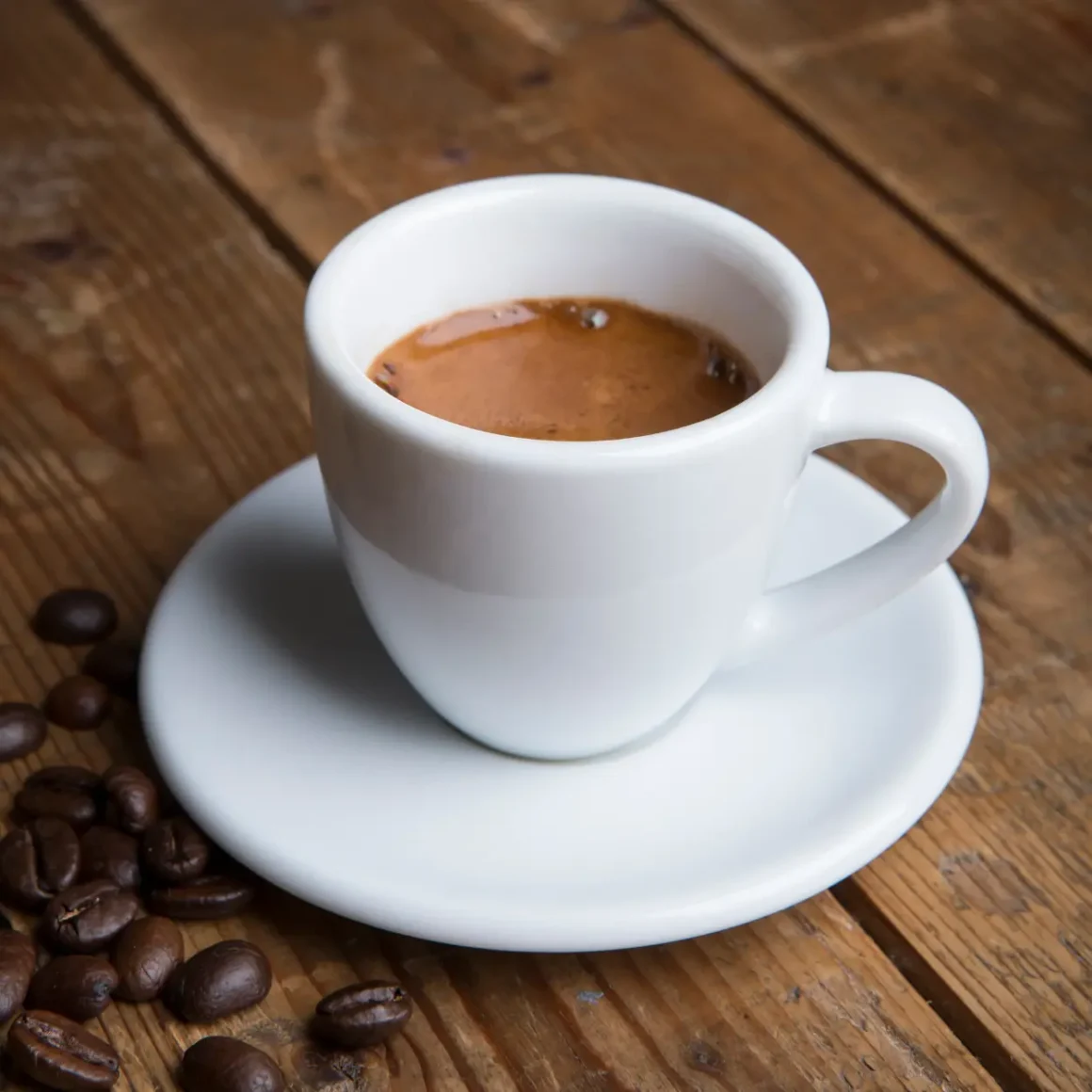
Espresso’s role in coffee culture is profound, influencing not just consumption habits but also social interactions and coffee-related innovations.
- Symbol of Sophistication: This delicious beverage is often viewed as a more sophisticated, artisanal form of coffee, appreciated by connoisseurs and casual drinkers alike for its rich flavor and intensity.
- Social Aspect: Coffee shops and cafes, with this beverage as a centerpiece, have become social hubs, facilitating interactions, work, and leisure in various cultures.
- Innovation and Experimentation: The popularity of this delectable coffee has led to a myriad of innovations in coffee brewing and serving, from espresso-based drinks to culinary uses, showcasing its versatility and enduring appeal.
Conclusion
The journey through Espresso reveals a beverage rich in complexity and cultural significance. From understanding the nuances of a ‘dead shot’ to exploring the meticulous brewing techniques that prevent it, we gain a deeper appreciation for this beloved coffee style. Whether you’re a seasoned barista or a casual coffee drinker, this exploration into espresso offers valuable knowledge and a renewed appreciation for every cup. The art of this beverage brewing, steeped in tradition and innovation, continues to evolve, inviting us all to partake in its rich and flavorful journey.
FAQ
Can a dead shot of espresso be harmful?
A dead shot of espresso is not harmful to consume, but it will have a diminished flavor and quality compared to a freshly pulled shot.
What are the visual indicators of a dead espresso shot?
The visual indicators of a dead espresso shot include a dissipated or thin crema and a lackluster appearance compared to the rich, creamy layer of a fresh shot.
How do baristas prevent espresso shots from dying?
Baristas prevent shots of this beverage from dying by ensuring proper extraction techniques, such as timely brewing, correct grind size, and ideal water temperature, and serving the shot immediately after pulling.
What is the difference in taste between a fresh and a dead espresso shot?
A fresh espresso shot has a rich, robust flavor with a balance of sweetness, acidity, and bitterness, while a dead shot often tastes flat, overly bitter, and lacks complexity.

